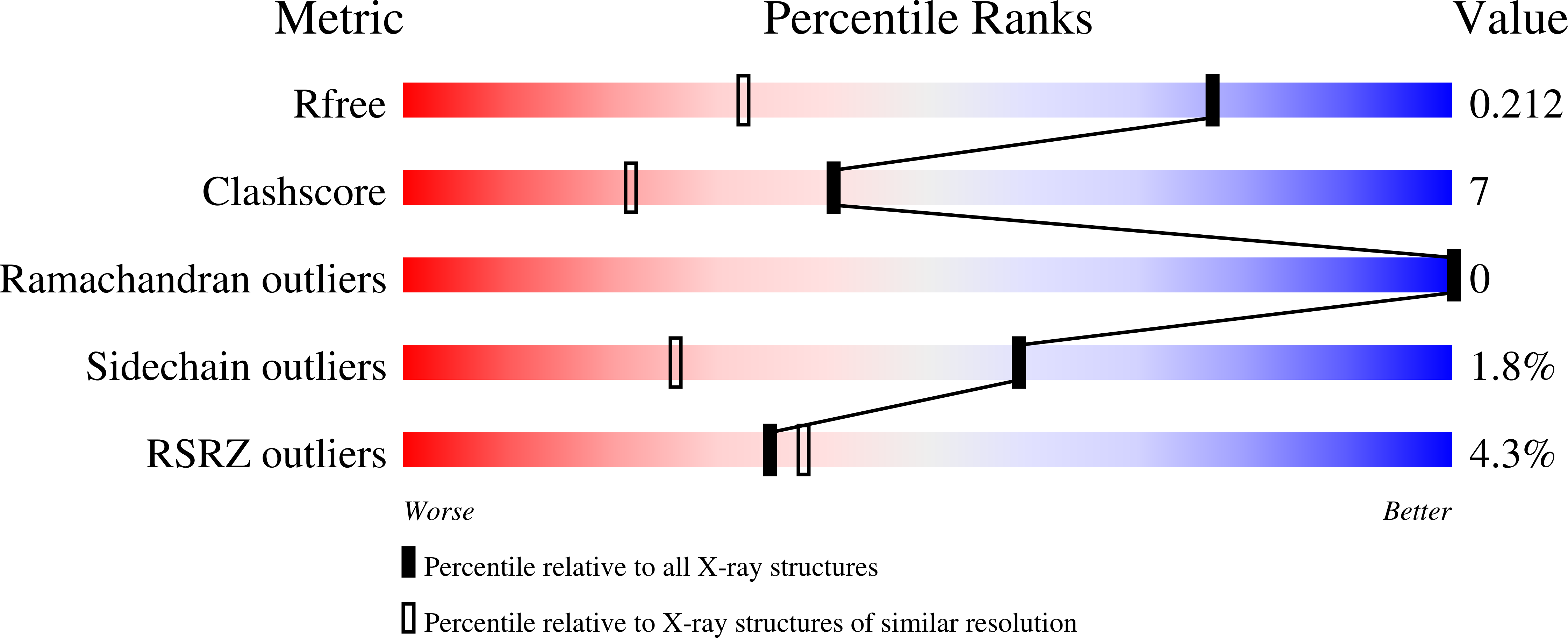
Deposition Date
2014-05-02
Release Date
2014-10-15
Last Version Date
2024-05-29
Entry Detail
Biological Source:
Source Organism:
Neisseria meningitidis (Taxon ID: 122586)
Host Organism:
Method Details:
Experimental Method:
Resolution:
1.45 Å
R-Value Free:
0.20
R-Value Work:
0.16
R-Value Observed:
0.17
Space Group:
P 41 21 2


